COVID-19 has succeeded where China’s two decades of military buildup has failed—by sidelining a U.S. aircraft carrier in the Pacific.
This is the scenario that the Pentagon has tried so hard to avoid: a carrier sidelined by a viral outbreak, potentially strategic information leaked, and a breakdown in communication that stokes the fears of loved ones half a world away.
But most analysts offer a reassuring picture, saying that if push comes to shove in the Pacific, the Navy could shrug off any strategic disadvantages of having the carrier sidelined.
If other carriers are hit by further outbreaks, however, most agree that it could affect the usual clout the United States has in the region.
U.S. carrier groups are the “ultimate insurance policy” that guarantees the freedom and independence of Taiwan, Robert J. Bunker, an adjunct research professor at the U.S. Army War College, told The Epoch Times via email. “These groups also allow the U.S. to project its military power and influence throughout the South China Sea in support of its allies, who are being challenged by the expansive and ongoing CCP regime territorial ocean grab taking place.”
China has chipped away at the dominance of U.S. aircraft carriers in the Pacific by building up an array of long-range missiles and anti-aircraft measures. In response, the U.S. military has been scrambling for the last two years to reinvent itself to tackle the new strategic environment.
The USS Theodore Roosevelt
The plight of the Theodore Roosevelt hit the headlines when a dramatic March 30 memo from Capt. Brett Crozier was leaked to the San Francisco Chronicle, in which he said that a shipboard COVID-19 outbreak was “ongoing and accelerating.”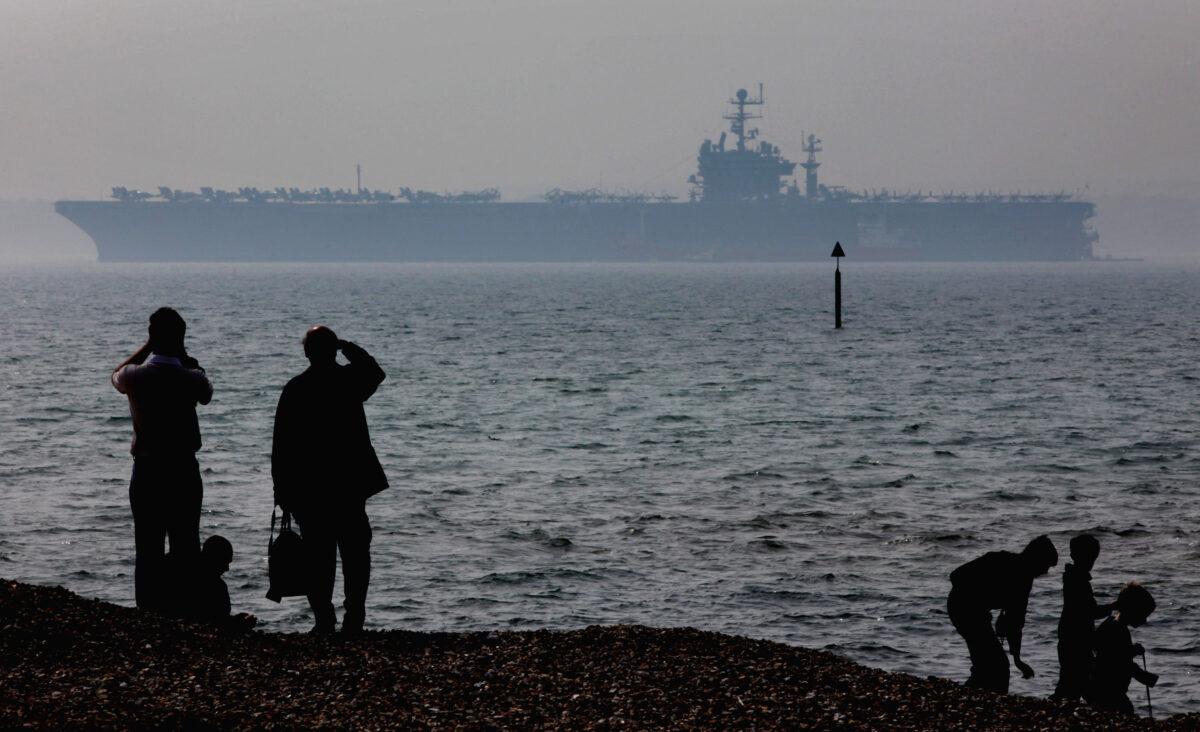
“We are not at war. Sailors do not need to die,” Crozier wrote in the memo, in which he implied that sailors would die unless the crew was taken off and the ship disinfected.
Then-acting Navy Secretary Thomas Modly said that the letter was sent via non-secure unclassified email outside of the chain of command, “raised alarm bells unnecessarily,” and “created the impression that the Navy was not responding to his questions.”
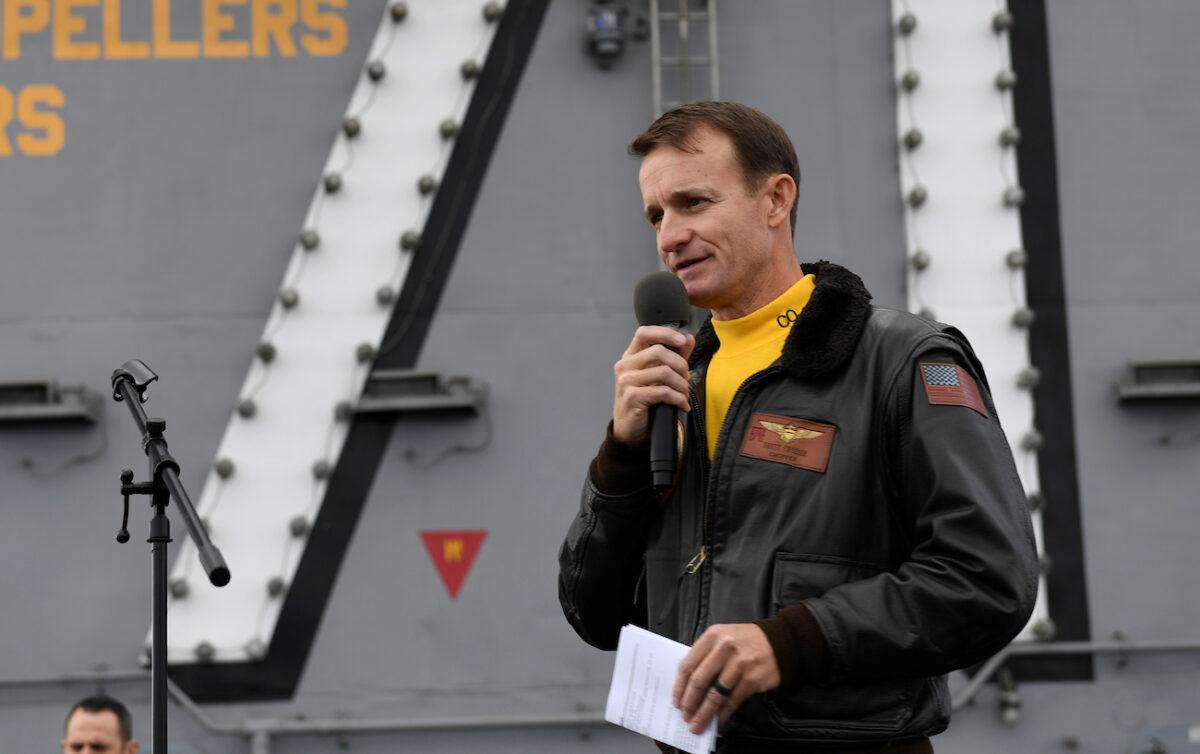
The Navy has said that as many as 3,000 crew members will be taken off the ship and quarantined by April 10. As testing continues, the ship will keep enough sailors on board to sustain essential services while it is sanitized in port.
One of the issues raised by Crozier was that the close quarters of the ship makes it hard to follow U.S. Centers for Disease Control and Prevention (CDC) guidelines on tackling the CCP virus.
“Social distancing is very hard to do on a ship,“ says Harrison Schramm, a senior fellow at the Center for Strategic and Budgetary Assessments. ”You can’t stay six feet apart in a corridor that is less than six feet wide, for example.”
However, Schramm has confidence in the resourcefulness of the crew in tackling the challenges.
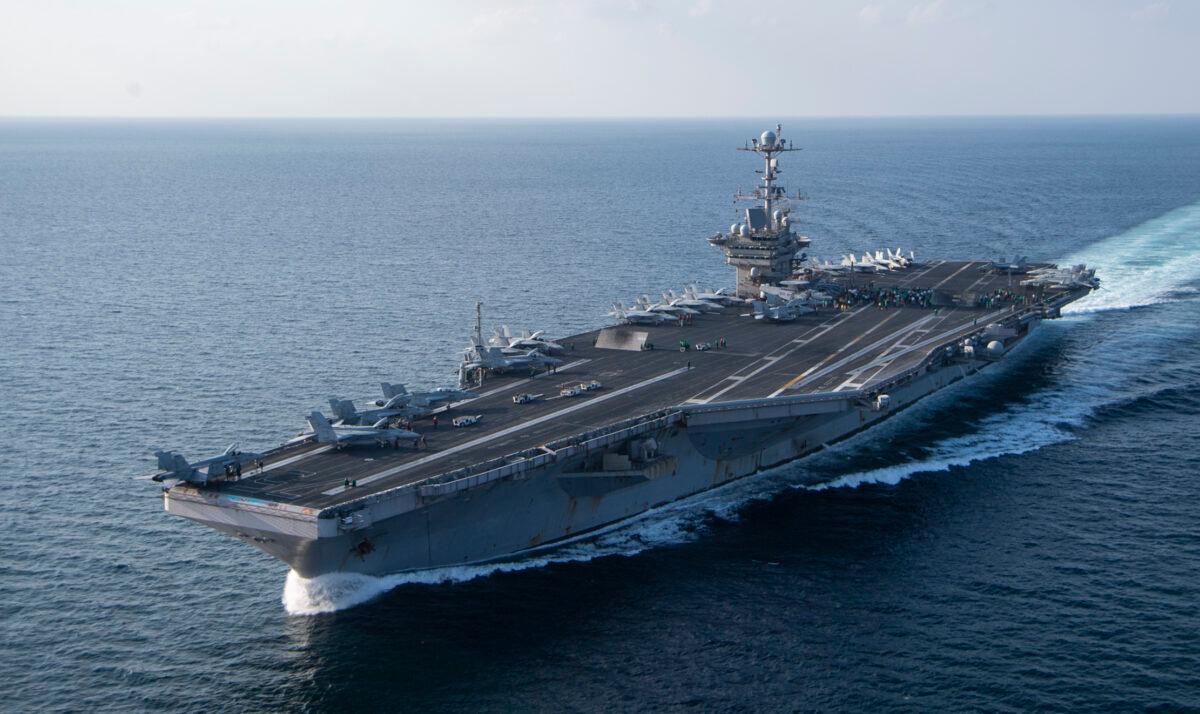
“I am absolutely certain that whatever things can be done or can be invented, they are going to do them,“ he told The Epoch Times. ”Because I know the people involved, I personally have great faith in the Navy, both as individual units and corporately, to overcome this.”
Although the carrier isn’t in a state of immediate readiness, that would be the case for any ship in port, says Dakota Wood, senior research fellow in defense programs at the Heritage Foundation. "If it needs to deploy in an emergency situation, it would do so and the Navy has the ability to reinforce the crew with additional sailors if needed.”
The Pentagon agreed to sideline the ship precisely because it didn’t perceive a heightened risk of conflict in the area, Sidharth Kaushal, research fellow in seapower at the Royal United Services Institute, told The Epoch Times.
“The quarantine of the sailors on the Roosevelt was deemed necessary, but also deemed acceptable, partly because they don’t see any risk of a direct conflagration on the horizon, at least in the short term,” he said.
The Navy will quickly hospitalize or care for the infected crew and then decontaminate the ship, according to Rick Fisher, senior fellow at the International Assessment and Strategy Center.
The Impact of Further Carrier Outbreaks
“Even if the U.S. had to stop aircraft carrier operations, there are sufficient other U.S. naval, air, and army forces in the Western Pacific to deter potential enemies,” Fisher said.Richard Bitzinger, visiting senior fellow at the Military Transformations Program at Nanyang University, told The Epoch Times that in the event of more carriers being sidelined, U.S. influence would be affected.
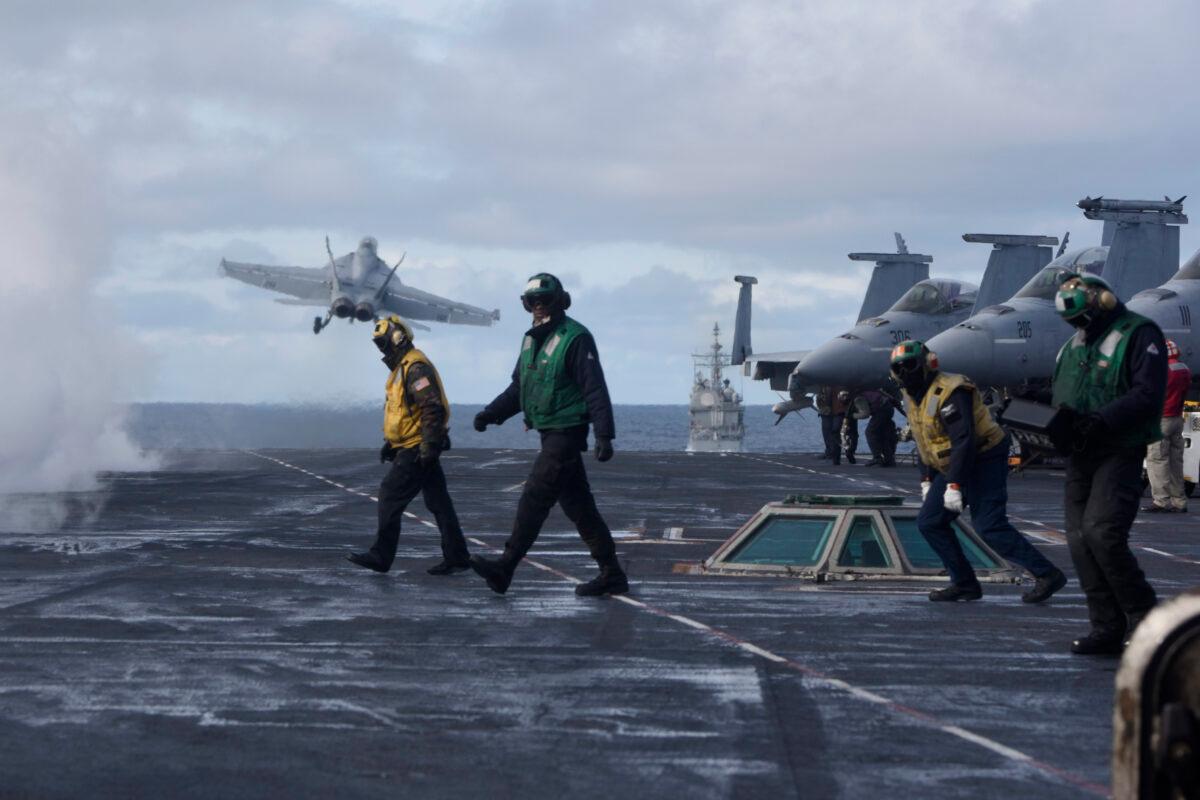
“If the U.S. could not send carrier groups to the Indo-Pacific, it would greatly diminish its abilities to project sustainable and robust power,” Bitzinger said via email.
“The U.S. Navy operates largely in terms of ‘carrier strike groups’ (generally one aircraft carrier, supported by three to four destroyers, a frigate, and two submarines). Losing these types of power packages greatly undermines the USN’s ability to patrol, make its presence and impact felt, and, in general, underpin US authority in the region.”
If more U.S. carriers or other ships are struck by COVID-19, U.S. influence could be reduced, Wood says. However, in the event of imminent conflict, ships and sailors would be redirected from other missions and ships already in the region to include those in port, he noted.
“They might be understrength for a period of time and while this would not be preferable, clearly, it would not differ from a ship having to fight with some of its crew wounded.”
“The U.S. military would do things in a wartime situation it would not do in peacetime,” he said.
Beyond the Roosevelt, the U.S. military has been affected in other ways by the CCP virus pandemic.
“The need to observe ‘social distancing’ does affect normal education, training, and exercise routines,” said Wood. “This has resulted in events being canceled. Military readiness can be maintained for several months in such situations but after many months, perhaps six or more, individual, unit, and force readiness will begin to degrade.”
The upcoming biannual RIMPAC exercises between the United States and allies in the Pacific—the largest military exercises in the world—could be canceled due to the pandemic, with discussions currently underway, Kaushal says.
Such joint exercises aren’t just geopolitical chest-beating, but a key ingredient of military power, he says.
“Under a wartime scenario, troops are operating almost on autopilot,” Kaushal said. “That constant drumbeat of exercises is critical, particularly if you are operating with allies that don’t always work with you all year round. [It’s] that readiness that allows things to move like clockwork in wartime.”
Impact on China?
It’s not just the United States’ military taking a hit.“Naval, air, and land forces of the great powers are being impacted across the board by the pandemic,” Bunker said.
“Chinese warships have probably seen outbreaks but the information is likely being classified, as it should be—disclosing that your military capacity is diminished to states you are in geo-political competition with does not make strategic sense.”
Other analysts agree that little is known of the virus’s effect on the Chinese military.
“It most certainly has affected units in Hubei Province, which includes nuclear missile bases,“ says Fisher. “But the PLA [People’s Liberation Army] will not be issuing any press releases anytime soon.”
The Chinese military appears to be carrying on as normal with its saber-rattling in the region.
During the pandemic, the CCP is continuing to position itself at the expense of allies, Bunker says.
“For instance, new research stations are being placed on Kagitingan (Fiery Cross) and Zamora (Subi) Reef,” he said.
“They are also engaging in ongoing information warfare concerning the origins of the pandemic and the amount of COVID-19 fatalities in Hubei province (and across China itself), as well as attempting to sow dissension and panic amongst the American public related to it.”
Wood says it’s premature to assess whether the outbreak has changed the military dynamics between the United States and adversaries.
“While we have some insight into what is happening with the U.S. military, we have very little insight into the military forces of other countries. Thus, we cannot yet know whether China, Russia, Iran, or others feel emboldened to act or carry their own worries about whether their forces remain combat-effective.”
Fisher says that the pandemic raises the specter of Chinese bioweapons attacks.
He says the outbreak on the Roosevelt can be “considered a ‘passive’ biological attack, aggravated by Chinese Communist Party’s perfidy in concealing the truth about the virus.”
The PLA will be closely monitoring the response of every nation “to assess their willingness and capability to defend against future bioweapon attack,” he says.
“It is well known that China has for decades been developing bioweapons that would have a far more devastating impact on U.S. forces in Asia, or anywhere,” said Fisher. “We must also consider the Chinese Communist Party’s stark history of malevolence against its own people, up to 70 million killed, as proof that the CCP may have no hesitation to use bioweapons against anybody else.”
Bitzinger says he fears that the United States may lose ground to China as it turns to tackle the domestic crisis of COVID-19. “The U.S. is going to be extremely internally focused for several months, and the leadership is not going to be able to think about or deal with Chinese efforts to chip away at U.S. superiority and hegemony in the Western Pacific or Indian Ocean. This distraction with domestic affairs (exacerbated by the upcoming election) will, I fear, leave the U.S. unable to deal with foreign policy.”
Beyond any potential geopolitical shifts, the virus will likely impact U.S. strategic decisions by hitting where it hurts: in the wallet.
“The United States just passed a $2 trillion stimulus package; that’s real money,” says Schramm. “That is obviously going to have some sort of impact on the defense budget, particularly with modernization and procurement.”
“It’s not just the topline that’s going to change,” says Schramm. “There will clearly be an appetite for restructuring the money that’s already on account. For example, things like hospital ships, or what could be rapidly converted into hospitals, general purpose logistics ships are going to be more important. My sense is that medicine and construction battalions (“Seabees”) will be more important in the future.”
But, with the pandemic upending so many norms, he is cautious about any concrete predictions. “Anything that I would say about the restructuring right now would be writ in water.”
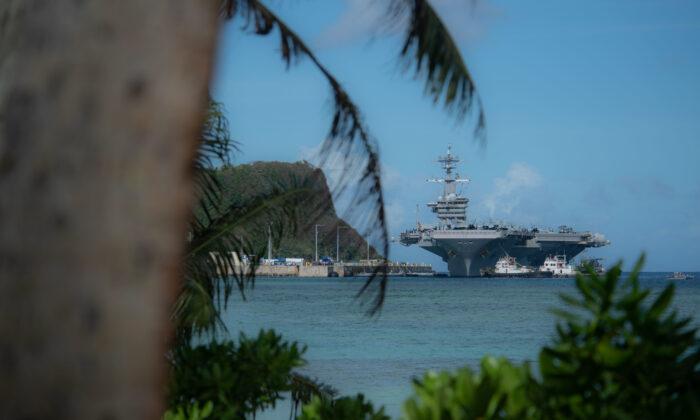

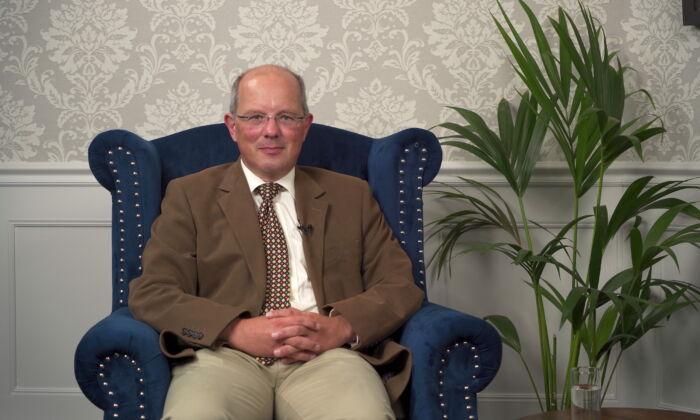
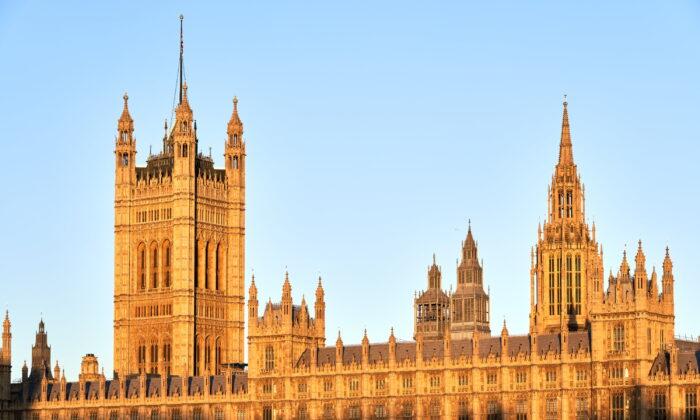
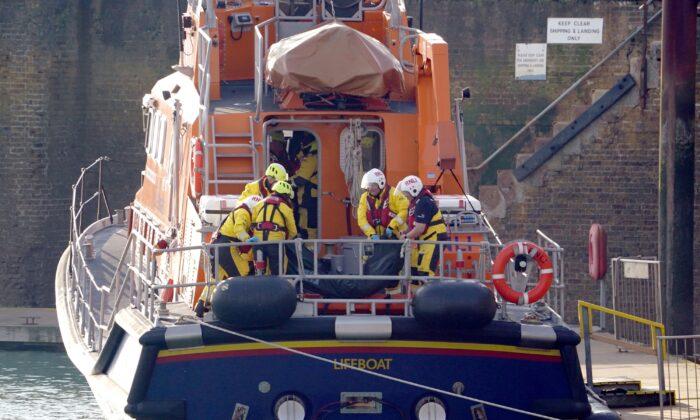

Friends Read Free